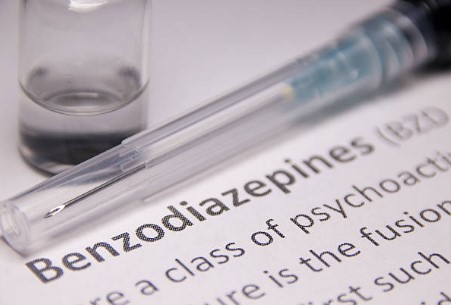6-APB hydrochloride, also known as 6-(2-aminopropyl)benzofuran hydrochloride, is a chemical compound that has gained popularity as a designer drug and recreational drug. It is classified as an empathogen and a serotonin agonist, and is often used for its euphoric and stimulating effects. In this article, we will explore the effects of 6-APB hydrochloride and its potential interactions with other drugs.
Chemical Composition
6-APB hydrochloride is a synthetic compound that belongs to the benzofuran class of chemicals. It is a derivative of the phenethylamine family and is closely related to the drug MDA. Its chemical formula is C11H13NO HCl and it has a molecular weight of 213.7 g/mol. It is typically sold in powder form and can be ingested orally, insufflated, or injected.
Effects on the Body
As an empathogen and serotonin agonist, 6-APB hydrochloride has a range of effects on the body. It is known to produce feelings of euphoria, empathy, and increased sociability. Users may also experience heightened sensory perception, increased energy and alertness, and enhanced sexual experiences. These effects typically last for 4-6 hours, with the peak effects occurring around 2-3 hours after ingestion.
Drug Interactions
Due to its effects on serotonin levels, 6-APB hydrochloride may interact with other drugs that also affect serotonin. This includes antidepressants, MAO inhibitors, and other empathogens such as MDMA. Combining 6-APB hydrochloride with these substances can lead to serotonin syndrome, a potentially life-threatening condition. It is important to research potential drug interactions before consuming 6-APB hydrochloride.
Metabolism and Classification
6-APB hydrochloride is metabolized by the liver and excreted through urine. It has a half-life of approximately 3-4 hours. In terms of drug classification, it is considered a research chemical and is not approved for human consumption. It is often sold as a “legal high” or “designer drug” and is not regulated by most countries. However, it is important to note that the long-term effects of 6-APB hydrochloride on the body are not well-studied.
Recreational Use

Due to its euphoric and stimulating effects, 6-APB hydrochloride is often used as a recreational drug. It is typically consumed at parties, music festivals, and other social events. However, it is important to use caution when consuming 6-APB hydrochloride, as it is not a regulated substance and its purity and dosage may vary. It is also important to note that the long-term effects of recreational use of 6-APB hydrochloride are not well-understood.
Conclusion
In conclusion, 6-APB hydrochloride is a chemical compound that is classified as an empathogen and serotonin agonist. It is known for its euphoric and stimulating effects and is often used as a recreational drug. However, it is important to use caution when consuming 6-APB hydrochloride and to research potential drug interactions. As with any drug, it is important to use responsibly and to prioritize safety.








Leave a comment
You must be logged in to post a comment.